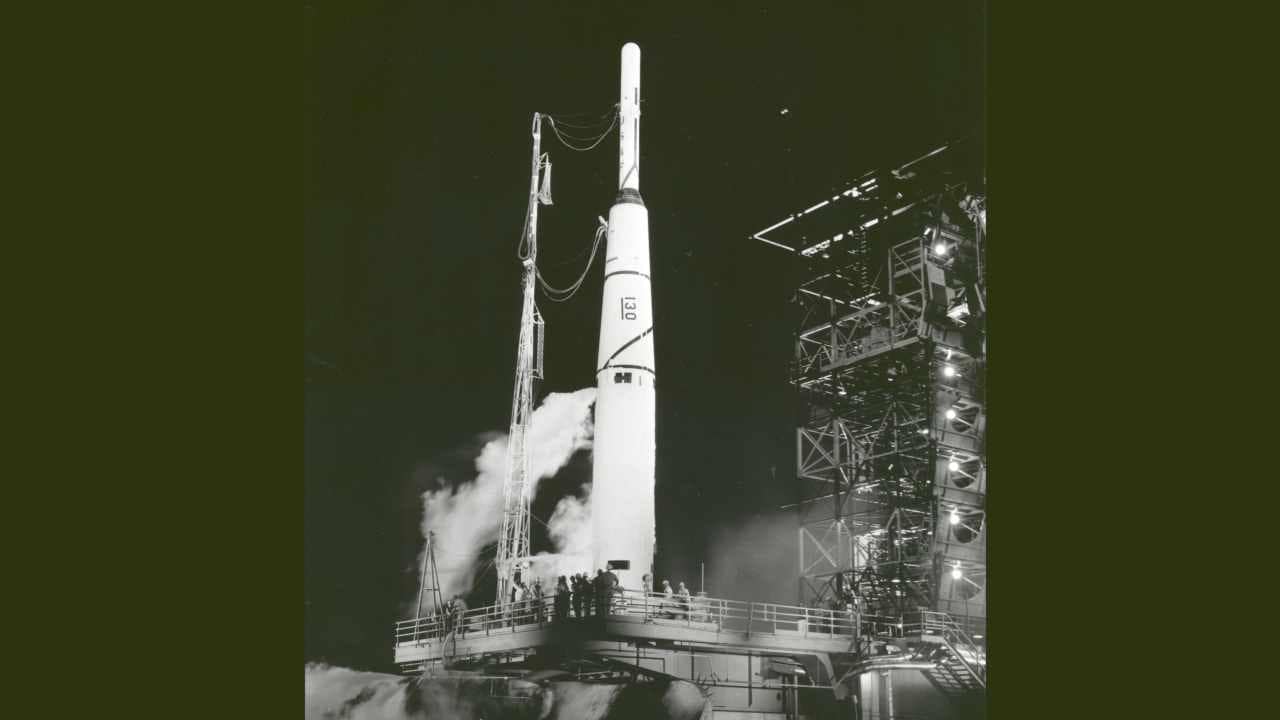A humble 38-kilogram spacecraft called ‘Pioneer-I’ was launched into space by NASA in a historic first on this day 60 years ago. Pioneer-I stands as the agency’s first attempt to send a probe to the Moon — the first in a long series of spacecraft in NASA’s lunar space program aimed at learning more about the Earth’s one and only natural satellite. [caption id=“attachment_5362111” align=“alignnone” width=“1280”] Artistic representation of Pioneer-10. Image courtesy: NASA[/caption] The probe was designed with a few key sensors to measure cosmic radiation between the Earth and Moon. It was also equipped to read ionizing radiation, magnetic fields and observe for micrometeorites that are near-Earth or between the Earth and Moon. Pioneer-I was also the first spacecraft to use the ‘L-band spectrum’ of electromagnetic waves to communicate. This is a range of frequencies — radiowaves — widely used by radar, global positioning systems (GPS), radios, mobile telecommunication and for aircraft navigation systems today. [caption id=“attachment_5362091” align=“alignnone” width=“1280”]
 The Pioneer-I replica on display at the Smithsonian Museum in Virginia. Image courtesy: The Smithsonian Institute[/caption] The Pioneer-I probe was carried aboard a two-stage rocket — the Thor-Able I — an early predecessor of the modern ‘Delta rockets’. The Delta rocket series has been a popular choice of launch vehicle for many modern missions, including the more recent ICESat-2 satellite and the Parker Solar Probe launches. Pioneer-I lifted off from the 11-day-old NASA’s present-day launchpad at Kennedy Space Launch Centre in Florida. The spacecraft didn’t make it to the moon as intended. In fact, it didn’t even achieve the required escape velocity to leave Earth’s gravity. Instead, the spacecraft reached an altitude of 115,400 kilometers before re-entering the atmosphere 43 hours after launch. [caption id=“attachment_5362131” align=“alignnone” width=“1280”]
The Pioneer-I replica on display at the Smithsonian Museum in Virginia. Image courtesy: The Smithsonian Institute[/caption] The Pioneer-I probe was carried aboard a two-stage rocket — the Thor-Able I — an early predecessor of the modern ‘Delta rockets’. The Delta rocket series has been a popular choice of launch vehicle for many modern missions, including the more recent ICESat-2 satellite and the Parker Solar Probe launches. Pioneer-I lifted off from the 11-day-old NASA’s present-day launchpad at Kennedy Space Launch Centre in Florida. The spacecraft didn’t make it to the moon as intended. In fact, it didn’t even achieve the required escape velocity to leave Earth’s gravity. Instead, the spacecraft reached an altitude of 115,400 kilometers before re-entering the atmosphere 43 hours after launch. [caption id=“attachment_5362131” align=“alignnone” width=“1280”] Pioneer-I on the launchpad shortly before liftoff in October, 1958. Image courtesy: NASA[/caption] Pioneer-I transmitted data from its nearly two-day journey through the atmosphere and near-Earth environment. In the process, it confirmed the existence of the then-elusive theory about radiation enveloping the Earth. This belt of radiation is called the ‘Van Allen belt’ — a zone of charged particles, largely from solar wind, captured by — and trapped around — a planet by its magnetic field. While the mission wasn’t a success, there were a few important takeaways from this first spacecraft launch of NASA’s that paved the way for some of the agency’s innumerable successes since. A replica of the Pioneer probe intended to orbit the moon now greets visitors of the Smithsonian Air and Space Museum in Virginia, United States.
Pioneer-I on the launchpad shortly before liftoff in October, 1958. Image courtesy: NASA[/caption] Pioneer-I transmitted data from its nearly two-day journey through the atmosphere and near-Earth environment. In the process, it confirmed the existence of the then-elusive theory about radiation enveloping the Earth. This belt of radiation is called the ‘Van Allen belt’ — a zone of charged particles, largely from solar wind, captured by — and trapped around — a planet by its magnetic field. While the mission wasn’t a success, there were a few important takeaways from this first spacecraft launch of NASA’s that paved the way for some of the agency’s innumerable successes since. A replica of the Pioneer probe intended to orbit the moon now greets visitors of the Smithsonian Air and Space Museum in Virginia, United States.
The humble 38kg spacecraft was launched for the moon by NASA in a historic first on 11 October 1958.
Advertisement
End of Article


)
)
)
)
)
)
)
)
)



